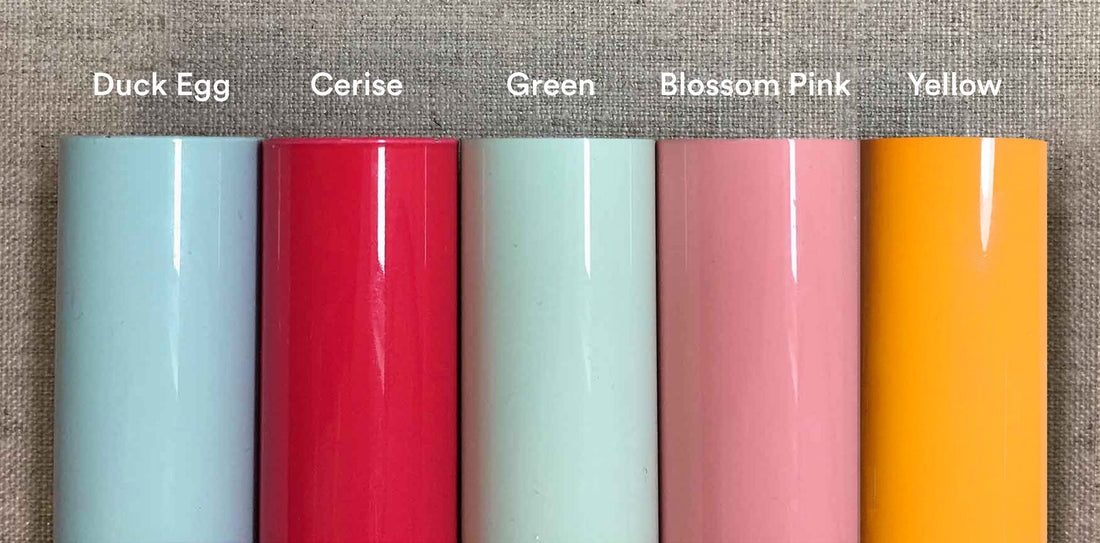Balance Bike vs Scooter - Which is Better for Kids?
Balance bikes are a popular choice for helping children start their cycling journey. However, some parents find scooters a quicker alternative for learning. Deciding between the two has become a bit of a dilemma for many families. If you’re in the same boat, this guide explains both options, including their learning benefits, to help you make the right choice. Ready?
What Is a Balance Bike?
Balance bikes look a lot like traditional kids bikes with two wheels, except they don’t have pedals. While they might seem a bit ‘unfinished’, this design is what makes them effective for children. Instead of pedalling, kids push themselves with their feet. This eventually helps them to learn to balance and steer on their own.
Here’s how it works: Your child uses their feet to push off the ground and move the bike forward. As they gain momentum, they can lift their feet and let the bike glide. They then learn to steer to maintain balance and control while gliding.
Since their feet stay close to the ground, this gives them more control over their balance bike. It also minimises the risk of tipping and maximising their safety. For extra safety, always make sure your little one is wearing a well-fitted bike helmet.
Why choose a balance bike?
Your child can learn balance without even realising it and at their own pace! When they push off and lift their feet, their bodies naturally adjust to keep the bike steady. They don’t even have to think about it—it just happens.
For little ones, balancing feels natural and fun rather than intimidating. And for parents, it means fewer wobbles and falls to worry about, so there’s less stress.
But that’s not all—kids who start with balance bikes have an easier time switching to pedal bikes and bikes with stabilisers later on. By the time they’re ready for an adult bike, they’ll be confident with steering and control, making it easier to focus on pedalling and ride more freely and safely.
What Is a Scooter?
Scooters are human-steered vehicles with a handlebar, a deck, and up to three wheels, propelled by the rider pushing off the ground with their foot. Riding a scooter is quite similar to using a balance bike, as both help kids develop balance and coordination. The main difference is that scooters are ridden standing up, while balance bikes let kids sit and glide.
How it works: Your little one stands on the deck with one foot and uses the other to push off the ground to build momentum. Once the scooter is moving, they steer by turning the handlebars in the direction they want to go. To slow down or stop, they can drag their foot on the ground or use the scooter’s brake if it has one.
Why might a scooter be a better start?
Hopping on and off a scooter is surprisingly easy for two main reasons. First, the deck is lower than a balance bike’s saddle, making it simple for kids to step on. Since they’re standing with their weight on their feet, it feels natural and familiar. The second reason is that a three-wheeled scooter stands up on its own, so getting on and off is a doddle.
If you’ve struggled to get your child to ride a balance bike, it might be worth giving a scooter a go. Kids learn differently, and some just can’t seem to get the hang of a balance bike—and that’s perfectly normal. In many cases, they struggle with moving their feet while steering. With a scooter, though, they can get the hang of it straight away, having fun and picking it up naturally.
While a scooter isn’t a bike, it can still help kids develop skills that make learning to ride one easier. This includes balance, coordination, and fine motor skills. So, even though it doesn’t directly teach pedalling, it gets them used to balancing on two wheels and steering. That gives them a head start when it’s time to move on to a balance or pedal bike.
Why a Balance Bike Can Be Better Than a Scooter
Both balance bikes and scooters are brilliant ways to get kids started with riding. But a balance bike has the upper hand when it comes to learning the basics of cycling. It’s a great way for your little one to develop balance, coordination, and confidence. While these skills can take time to master, they make it much easier for them to transition to a real bike later on.
Scooters are fun, and they can help with balance. Yet, they don’t quite prepare kids for riding a bike in the same way. A balance bike, being the real deal, means they won’t have to relearn basic skills when the time comes to switch to pedals.
Remember, every child learns at their own pace, so be patient and supportive. Always make sure they’re wearing their handy helmet, including their knee and elbow pads, for protection in case of a fall.








